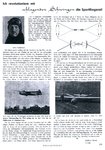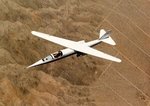chronister
Recruit
- 8
- Dec 16, 2004
Hi. Someone sent me this article recently about an unusual plane that was flown in Germany during the war. All I know about it is what's in this article. I'd like to know if anyone has any more info:
1. Does anyone know where the plane is today?
2. Does anyone know anything about Adalbert Schmid?
3. Are there other sources that would confirm or refute this account?
Thank you for any info or leads. Nathan
1. Does anyone know where the plane is today?
2. Does anyone know anything about Adalbert Schmid?
3. Are there other sources that would confirm or refute this account?
Thank you for any info or leads. Nathan



